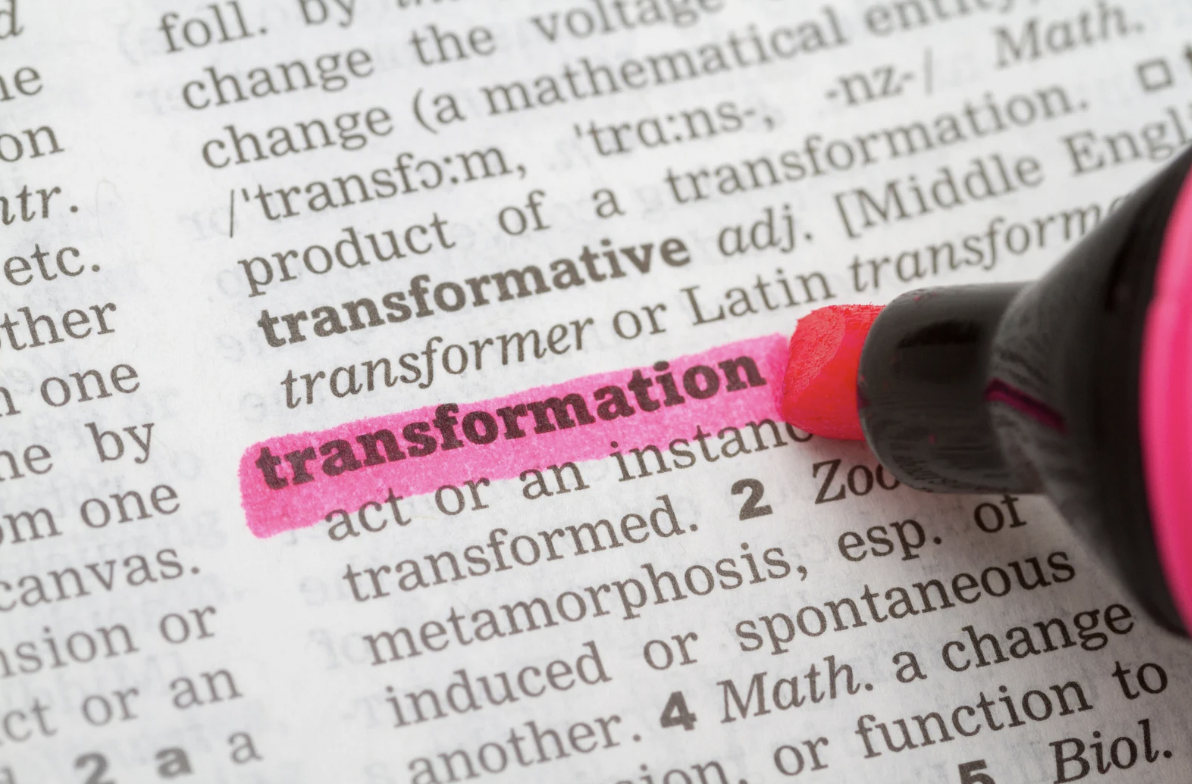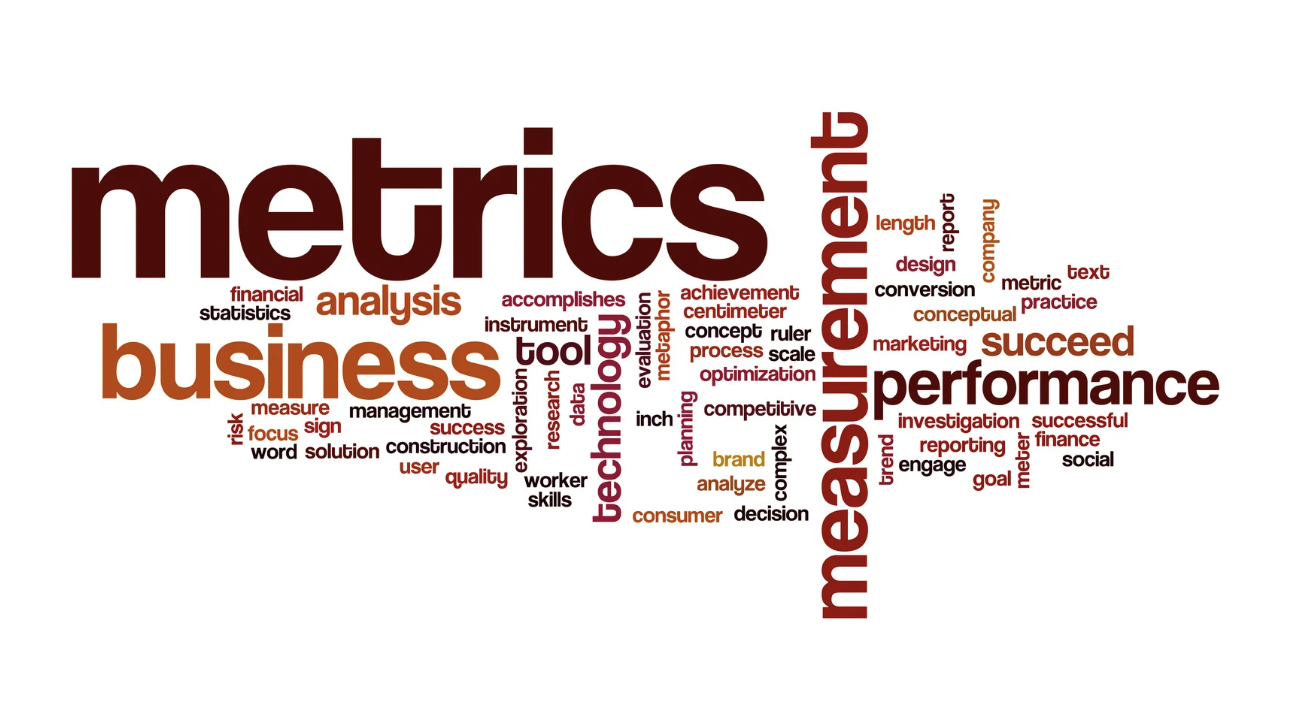How to Turn One-Time Donors into Long-Term Partners
Not all gifts are created equal. Some are sparked by convenience, urgency, or obligation—event sponsorships, giving day pushes, or checks written without much connection to the mission. Others are grounded in conviction, shared values, and a deep sense of partnership.
At Mission Advancement, we view donor decisions on a spectrum:
- At one end is the transactional gift — a quick “yes” driven by timing, not trust
- At the other end is the transformational relationship—built over time, rooted in shared purpose, and reinforced by meaningful engagement
- And in between is the relational path—the journey that moves a donor from transactional to transformational
This middle space is critical. It’s where trust is built, alignment is discovered, and decisions evolve from one-time gifts into lasting partnerships.
In working with hundreds of nonprofit leaders, we’ve seen that sustainable fundraising doesn’t come from chasing transactions. It comes from walking the relational path — intentionally — until donors arrive at a place of genuine investment and joy.
This article explores what makes a donor relationship transformational—and offers practical steps to help you begin building more of them.
Don’t Just Go for “Yes.” Go for Confidence
A transactional mindset is focused on the outcome: Did we get the gift? It often shows up in high-pressure appeals, urgent asks, or messaging that emphasizes immediate needs without connecting them to the donor’s interests or values.
Transformational fundraising takes a different path. Instead of pushing for a yes, it seeks alignment—between the donor’s passions and your organization’s real, pressing needs. It invites the donor to make a decision they’ll feel confident in—one that reflects both their beliefs and your mission’s priorities.
That means:
- Asking questions that uncover motivation, not just capacity
- Giving space for discernment
- Offering transparency about how the gift will be used and why it matters
- Affirming that the donor is making a thoughtful, purpose-driven decision
When a donor says yes from a place of clarity and alignment, they’re far more likely to give again, advocate on your behalf, and experience genuine fulfillment.
Fulfillment Is the Follow-Through
Think of the moment a donor makes a gift as the start of a journey—not the end.
Transactional fundraising tends to treat the gift as the finish line. But transformational fundraising focuses on what happens next: How do we help this donor feel the joy of giving?
This is where many organizations misstep—not for lack of gratitude, but for lack of intention. A routine thank-you note, a generic newsletter, or silence until the next ask doesn’t inspire continued support.
And yet, when donors don’t give again, we often hear, “It’s donor fatigue.”
We’d argue that in most cases, it’s not fatigue—it’s unfulfillment.
Donors don’t tire of giving. They tire of giving without knowing if it made a difference.
Fulfillment can take many forms:
- A tailored update showing the exact impact of their gift
- A phone call not to ask again, but to celebrate what they made possible
- An invitation to witness the mission in action—through a tour, a story, or a student’s letter
- A simple moment of shared gratitude
These aren’t expensive or complicated gestures. They’re intentional touchpoints that reinforce why the gift mattered—and why the donor matters. When fulfillment becomes part of your culture, you don’t just raise funds. You build trust.
Transformational Relationships Last
Transactional donors come and go. But transformational relationships are built to endure. Donors who feel known, connected, and fulfilled are more likely to:
- Give again—at higher levels
- Introduce others to your mission
- Say yes to bold opportunities, like a campaign
- See themselves as part of the story, not just funding it
In short: they become partners. And partners don’t need to be re-acquired every year. They’re with you for the long haul—because you’ve shown your organization sees them as more than a checkbook.
How to Move Donors Along the Relational Path
You don’t need a massive team or sophisticated CRM to start building transformational relationships. You just need clarity and consistency. Here’s where to begin:
- Begin with a focused portfolio
Start small. Identify 10–20 donors who have given generously or shown strong interest. Assign them to team members (or yourself) and commit to investing in those relationships over time. A clear portfolio brings clarity, accountability, and momentum.
- Prioritize conversations over asks
Before your next solicitation, focus on listening. Seek to understand what motivates each donor — what they care about, how they see themselves making an impact, and why your mission matters to them. These conversations are the foundation of partnership.
- Align giving opportunities with donor values
As you learn about what matters most to your donors, connect those values with meaningful opportunities to give. When donors see alignment between their passions and your priorities, their support becomes more joyful — and more sustainable.
- Make fulfillment intentional
Follow-through is where trust is built. Ensure every donor hears, sees, or experiences the impact of their gift in a way that feels authentic and personal—not routine or generic. Fulfillment isn’t about a formula. It’s about intentionality.
- Measure what matters most – Retention, Growth, New
Track your fundraising outcomes in the order that reflects healthy relationship-building:
- Retention: Are your existing donors continuing to give at the same levels?
- Growth: Are current donors increasing their support?
- New: Are you building relationships with new or previously lapsed donors?
When retention is prioritized, growth becomes scalable—and acquisition becomes strategic, not reactive.
Final Thought: Build What Lasts
Fundraising success isn’t found in how many donors you acquire—it’s in how many you keep, and how deeply they’re connected to your mission. Transactional fundraising might win the moment, but transformational relationships win over time.
When you prioritize trust over urgency, conversation over conversion, and fulfillment over follow-up, you’re not just raising money—you’re building a community of mission-aligned partners who want to give again and again.
At Mission Advancement, we believe that lasting generosity starts with meaningful connection. It’s why everything we do — from assessments to campaign counsel — is built on the belief that people, not tactics, are the engine of sustainable fundraising.



